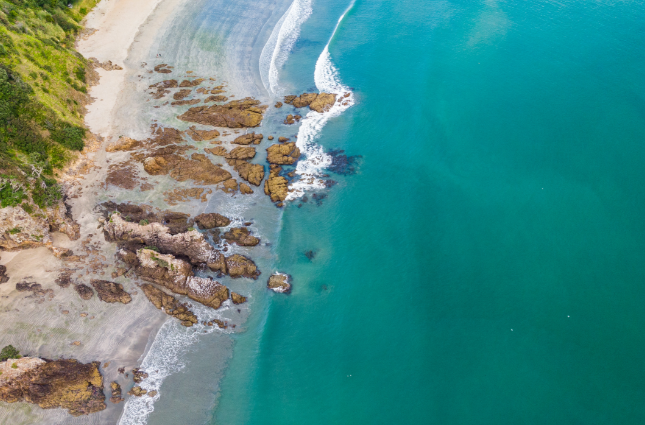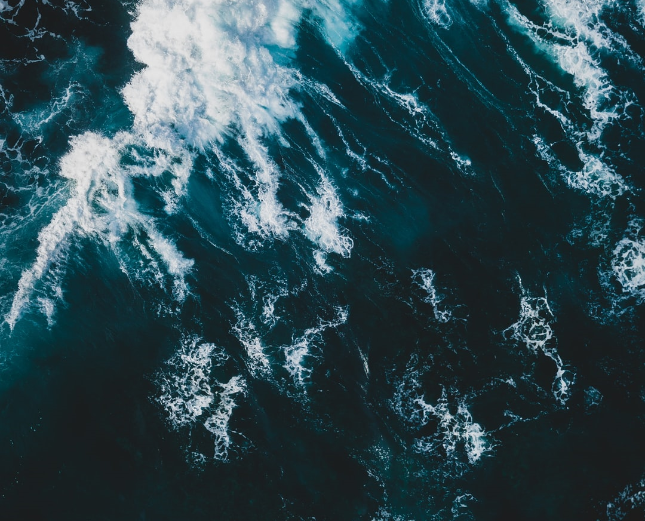The New Zealand Seafood industry is internationally respected for its innovative and world-leading approach to sustainable science-based fisheries and aquaculture management.
Our fisheries are performing well - According to Ministry for Primary Industries research, 95% of fish stocks known status are healthy
The New Zealand Quota Management System (QMS) is recognised worldwide as a leader in its field and a model copied internationally. The QMS ensures the sustainability of our fish stocks through the control of harvest levels for each individual species and area.
169 species are commercially fished in New Zealand. Of these 98 species and 642 stock areas are managed under the QMS in New Zealand.
The governments, Ministry for Primary Industries (MPI) review all fish stocks, usually annually, from which the Total Allowable Commercial Catch (TACC) for each species is set so that enough fish remain for breeding.


New Zealand’s Hoki fisheries were the first major fisheries in the world to be certified as sustainable by the Marine Stewardship Council (MSC) certification – MSC certification is considered the gold star in international certification rewarding sustainable seafood practices
New Zealand's Southern Blue Whiting fisheries were the first major whitefish fisheries in the world to be certified as sustainable by MSC
New Zealand's orange roughy fisheries entered and passed the rigorous MSC assessment process for certification in 2014. Today there are 29 certified MSC Chain of Custody suppliers in New Zealand
Seven fisheries are MSC certified and 18 fisheries harvest about 230,000 metric tonnes of species at MSC-standards, including: Hoki, Hake, Ling, Southern Blue Whiting, Albacore Tuna, Orange Roughy, Ross Sea Toothfish and Skipjack Tuna.
Approximately 70 percent of New Zealand's deepwater catch is MSC certified.
New Zealand's aquaculture industry is building further on its sustainability credentials with the launch of A+, the new standard of sustainable aquaculture.
Our footprint is very light. Annually, New Zealand fishes only 1-2 percent of the EEZ to produce around 600,000 metric tonnes of sustainable seafood.
Approximately 30.5 percent of New Zealand's total marine environment is protected.
New Zealand's marine biodiversity is protected through a network of 105 marine protected areas (MPA) including: 17 seamount closures, 17 benthic protected areas, 44 marine reserves and 8 marine mammal sanctuaries.
17 areas within New Zealand's EEZ have been closed to all types of trawling since 2007.
All marine mammals are legally protected under the Marine Mammals and Protection Act. New Zealand law protects 100 percent of sharks from shark finning.


For 20 years the MSC has been part of a team effort to keep our oceans full of life. Keep it wild, traceable and sustainable.
Finding the facts behind Traceability, Food Safety and individual species Risk Assessment can be assisted by visiting the link below
Visit Open Seas